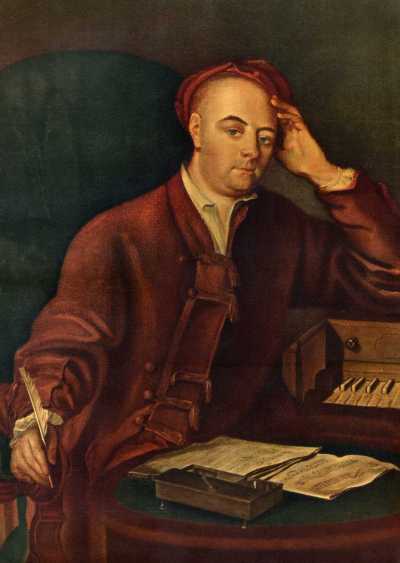For: singers (soloists and highly experienced choral singers), instrumentalists (baroque strings, recorder, flute, baroque oboe and bassoon, harpsichord / organ, theorbo, baroque trumpet; period instruments only, tuning pitch 415 Hz)
Also for Baroque dancers, taught by Dorothée Wortelboer, working on original choreographies of L'Abbé and Pecour; final concert at Castle Bechyně (Vokův sál)
- With Enrique Gómez-Cabrero Fernandez, Dirkjan Horringa, Mitchell Sandler, Marco Vitale and others
- Central works: Handel's Utrecht Te Deum and Rameau’s Deus noster refugium, both written for the Utrecht Peace Treaty (1713)
- In Bechyně, 100 km south of Prague
For whom
Singers
There is room for up to experienced 20 singers. To qualify you must meet the following requirements:
trio- You are a good sight reader or able to study parts independently.
- You are experienced with ensembles for early music in small ensembles (quartet, quintet).
- You have a trained voice suitable for ensemble and solo singing.
- You are interested in historical performance practice, tuning systems and ornamentation.
Tonny Visser: 'I like the luxury of having passionate musicians around all the time. There is no need to tire yourself trying to plan dates. You just start playing or singing. For me, La Pellegrina has become the perfect basis for a rich musical life!'
Instrumentalists
The maximum instrumental group size is 20. For instruments we can place baroque strings (including viola da gamba), 2 recorders/transverse flutes, 2 baroque oboes, 1 baroque bassoon, 2 baroque trumpets, harpsichord, organ, theorbo. Requirements for participation:
- You are used to playing period instruments. Modern string players please play on gut strings and with a baroque bow. It is possible to borrow baroque bows via La Pellegrina. The tuning pitch is 415 Hz.
- You are experienced in playing in small ensembles.
Lea Schuiling: Nice of course, such a work for choir, soloists and orchestra. But what an asset is the chamber music! Singers and instrumentalists, one to a part, with coaching by all teachers ... Something you rarely get the opportunity to! And that the teachers sometimes contradict each other, .. well, .. that gives space.
Dancers
Baroque dance is part of the course. Experience in dance (eg ballet), and affinity with baroque dance are required. There is room for six to twelve dancers, working with specialist Dorothée Wortelboer.
Baroque dance
The Baroque dance in this summer's programme will focus on notated choreographies by Pecour and L’Abbé and especially on those dances that have a close connection to instrumental and/or vocal pieces from Baroque operas. Thus students will work on dances (danses à deux and solos) which will then be incorporated into beautiful small theatrical units together with singers and the orchestra.
Martin van Tulder A great extra benifit were Dorothée's instructions for the singers how to assume baroque poses
A few examples of these are the Marche des Matelots, the aria Amants malheureux and the Entrée de Matelot, all to the same music in Marais’ Alcione; the Forlana and Menuet plus arias in the Italian part of Campra’s L'Europe Galante; and, to music from the Turkish part in the same musical source, L’Abbé’s wonderful trio of choreographies called ‘Turk’.
In order for students to enjoy an ensemble piece as well, Dorothée Wortelboer will create a choreography to movements from Handel's Water Music. A choice of these dance scenes will be made for the final presentation, which will be performed ‘semi-staged’ in the Vokův sál, Bechyně castle's splendid historic hall.
